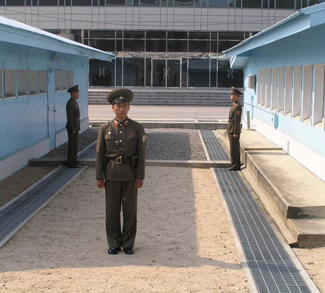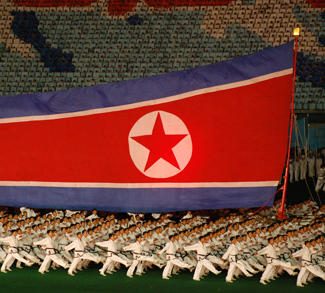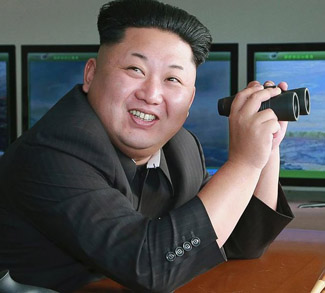On May 27-28 and June 1-2, 2024, North Korea launched around 980 balloons from across the Korean Demilitarized Zone (DMZ) filled full of garbage, including cigarette butts and waste paper. In some instances, the balloons were reported to be filled with manure or fertilizer. The public was warned not to touch the balloons and were told to call the police or military if they encountered one. The balloons have landed in several places in South Korea, including the outskirts of the South Korean Ministry of Foreign Affairs and the roof of the Twin Tree Building, which temporarily housed the Japanese Embassy. According to the South Korean Joint Chiefs of Staff, balloons have been reported in Seoul, Chungcheong, Jeolla and Gyeongsang, as well as Gangwon and Gyeonggi.
According to North Korean Vice Minister of Defense Kim Kang Il, the balloons were launched in response to the activities of anti-North Korean activists, known as Fighters for a Free North Korea (FFNK), led by Park Sang-hak, who launched balloons full of anti-North Korean leaflets and USB flash drives containing K-Pop and other music. The South Korean military’s Chemical-Biological-Radiological Rapid Response Team and Explosive Ordnance Disposal Team were deployed to examine the balloons to ensure that they were not filled with anything dangerous. Vice Minister Kim announced on June 3, 2024 that further plans to launch balloons with garbage are suspended, but it reserves the rights to do so if anti-DPRK activists resume sending balloons with anti-DPRK leaflets. Deputy Director of the Publicity and Information Department Kim Yo-jong sarcastically called out South Korea for criticizing the balloons and claimed they were a gift for them in the spirit of freedom of expression. Both statements were published by the Korea Central News Agency (KCNA).
The United Nations Command (UNC) publicly condemned the incident and has launched an investigation. Oversight will be done by the Neutral Nations Supervisory Commission (NNSC). US State Department spokesperson Matthew Miller remarked that the balloon campaign is “a disgusting tactic — irresponsible, childish.”
South Korea is reportedly considering a resumption of using propaganda loudspeakers after the presidential residence announced “unbearable” measures in response to the balloons. On June 4, 2024, military operations were restarted at the DMZ for the first time since the Comprehensive Military Agreement (CMA) was enacted in 2018, signed in Pyongyang by Supreme Leader Kim Jong Un and then-South Korean President Moon Jae-in. Anonymous sources in the South Korean government have mentioned that these measures can be fully done if all relevant inter-Korean agreements are nullified.
The incident is not the first time that balloons have been launched from the North or the South. In October 2014, North Korean soldiers opened fire on South Korean soldiers at the border town of Yeoncheon after the former opened fire on balloons headed for North Korea laden with anti-DPRK leaflets. In 2016, balloons full of garbage were sent to South Korea after denouncing then-President Park Geun-hye as “trash” while she was implicated in a scandal for being influenced by Choi Soon-sil. In other instances on the South Korean side, South Korean law enforcement have intervened when there is a clear threat from North Korea that can endanger the lives of local residents living near the areas where anti-North Korea groups launch balloons. Back in 2022, North Korea blamed South Korea balloons for causing a COVID-19 outbreak, claiming that it resulted from North Koreans touching “alien things” – a questionable claim to say the least.
The renewed threats from North Korea of more garbage-laden balloons in response to anti-DPRK leaflets in the months to come may seem amusing on the surface, but it is indicative of a general trend of escalating tensions on the Korean Peninsula. The balloons can be seen as a new form of gray zone warfare, which has risen to prominence since the 2010s. The residents of the border town of Paju in particular are concerned that North Korea can escalate by using artillery across the DMZ instead of sending balloons. What’s clear is that the balloon launches are unlikely to end anytime soon, and according to the Institute of Policy Studies, they will likely contribute to an ongoing deterioration of inter-Korean ties, even without any shots being fired across the Armistice Line.




